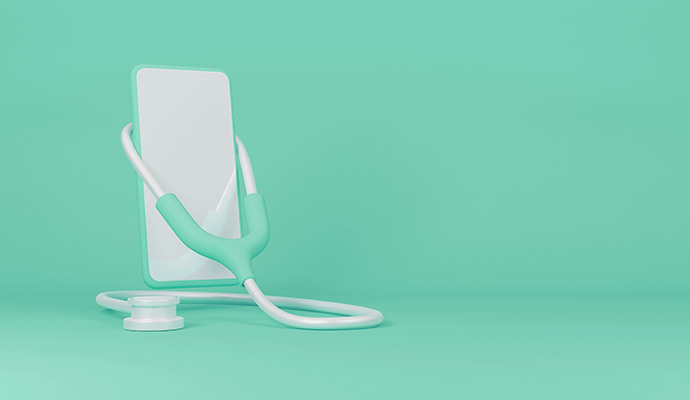Various factors are driving the mental healthcare crisis in America, not least of which is the rising demand for services and the concurrent dwindling supply of mental health professionals. As a result, Americans with pressing mental healthcare needs who are seeking help face long wait times....
[HealthITSecurity]

Hearing on Change Healthcare cyberattack yields more questions for UHG
[HealthITSecurity]

Cerebral faces $7M FTC penalty over alleged health data security failures
[HealthPayerIntelligence]

GAO: states enact own regulations to address pharmacy benefit managers
[RevCycleIntelligence]

Hospital merger and acquisition activity generated $12B in Q1 2024
Do Not Sell or Share My Personal Information
©2012-2024 TechTarget, Inc. Xtelligent Healthcare Media is a division of TechTarget. All rights reserved. HealthITAnalytics.com is published by Xtelligent Healthcare Media a division of TechTarget.